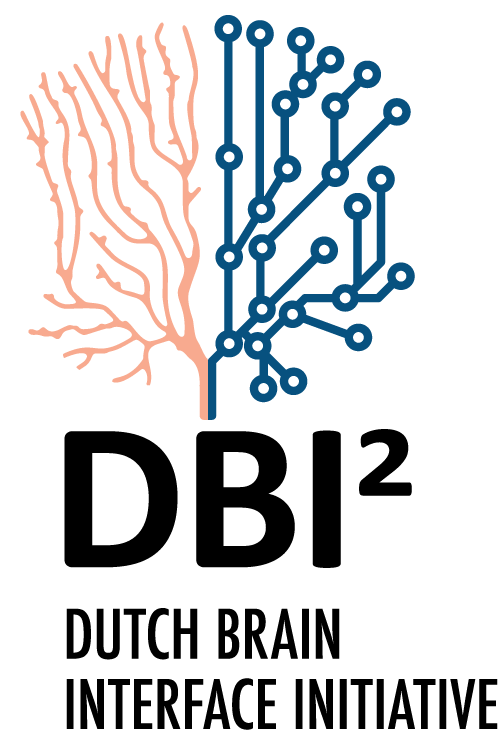Scientific Publications
DBI2 publications
Towards biologically plausible phosphene simulation for the differentiable optimization of visual cortical prostheses
Blindness affects millions of people around the world. A promising solution to restoring a form of vision for some individuals are cortical visual prostheses, which bypass part of the impaired visual pathway by converting camera input to electrical stimulation of the visual system. The artificially induced visual percept (a pattern of localized light flashes, or ‘phosphenes’) has limited resolution, and a great portion of the field’s research is devoted to optimizing the efficacy, efficiency, and practical usefulness of the encoding of visual information. A commonly exploited method is non-invasive functional evaluation in sighted subjects or with computational models by using simulated prosthetic vision (SPV) pipelines. An important challenge in this approach is to balance enhanced perceptual realism, biologically plausibility, and real-time performance in the simulation of cortical prosthetic vision. We present a biologically plausible, PyTorch-based phosphene simulator that can run in real-time and uses differentiable operations to allow for gradient-based computational optimization of phosphene encoding models. The simulator integrates a wide range of clinical results with neurophysiological evidence in humans and non-human primates. The pipeline includes a model of the retinotopic organization and cortical magnification of the visual cortex. Moreover, the quantitative effects of stimulation parameters and temporal dynamics on phosphene characteristics are incorporated. Our results demonstrate the simulator’s suitability for both computational applications such as end-to-end deep learning-based prosthetic vision optimization as well as behavioral experiments. The modular and open-source software provides a flexible simulation framework for computational, clinical, and behavioral neuroscientists working on visual neuroprosthetics.
Maureen van der Grinten, Pieter Roelfsema, Marcel van Gerven, Richard van Wezel, Umut Güçlü
https://doi.org/10.7554/eLife.85812
Cortical visual prostheses, Phosphenes, Simulated prosthetic vision (SPV), Phosphene simulator, PyTorch-based

Research areas
Want to join DBI²?
Browse the vacancies page
Contact details
Radboud University
DBI2 Office
Heyendaalseweg 135
6525 AJ Nijmegen
